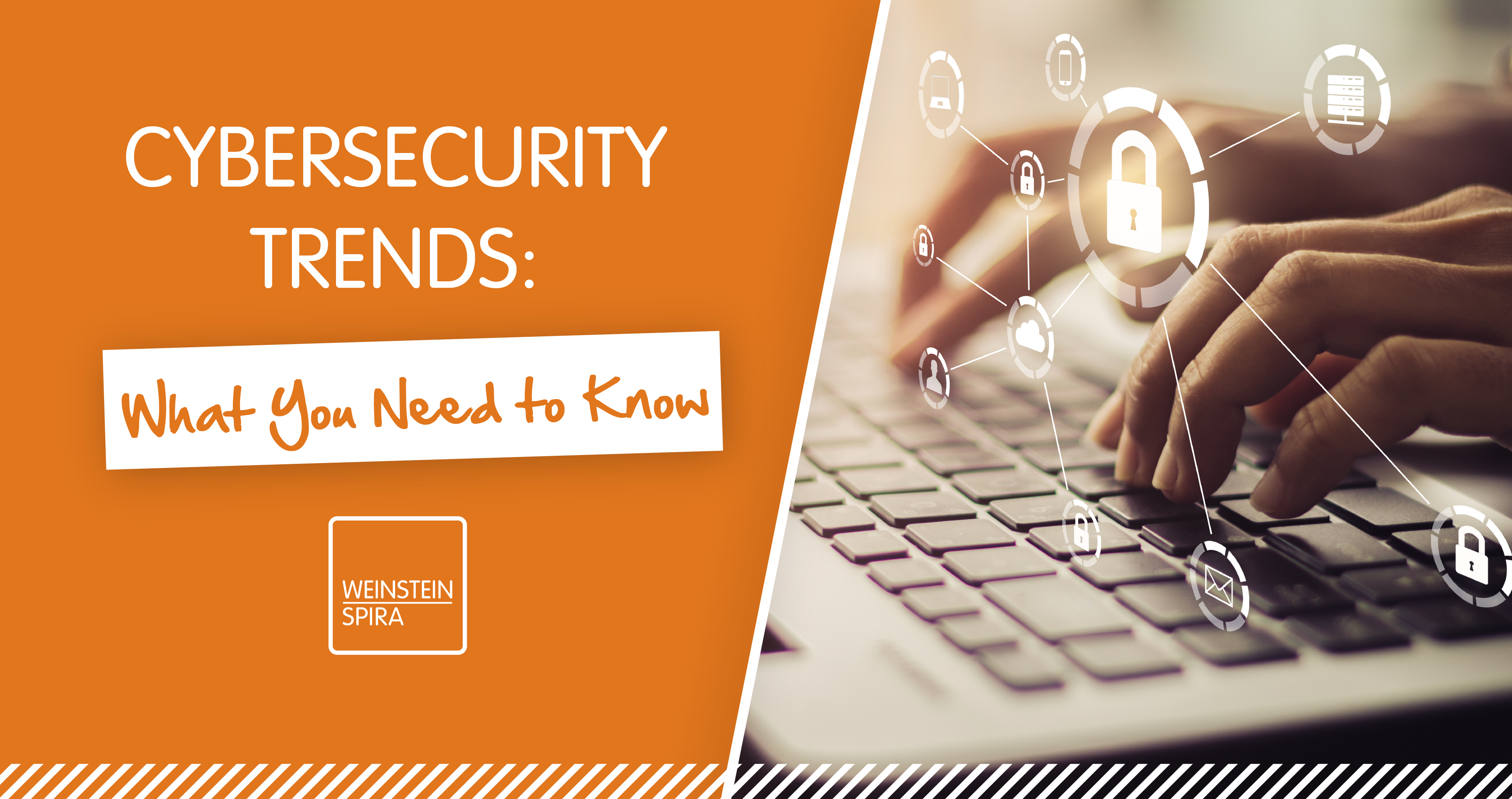Cybersecurity is the practice of protecting data, networks, devices and systems from unauthorized access, theft or damage. It is a constantly evolving field that requires businesses and individuals to stay alert and informed of the latest threats and solutions. In this blog, we will explore some of the top cybersecurity trends and how they can affect you and your organization.
AI and Automation for Cybersecurity
Artificial intelligence (AI) and automation are becoming essential allies in modern cybersecurity. They can help security teams to quickly detect, analyze and respond to cyberattacks, as well as to optimize and streamline security operations. According to a report by Gartner, 64% of organizations have already used AI for security capabilities, and another 29% are considering it. AI and automation can provide benefits such as:
- Spotting anomalous behaviors and patterns that indicate potential threats.
- Analyzing vulnerabilities and risks across the digital ecosystem.
- Alerting and prioritizing security incidents and providing recommendations.
- Automating repetitive and tedious tasks and workflows.
- Enhancing the skills and productivity of security professionals.
However, AI and automation can also pose some challenges and risks for cybersecurity. For example, cybercriminals can also use AI and automation to launch more sophisticated and targeted attacks, such as using deepfakes, phishing, or ransomware. Moreover, AI and automation can introduce new vulnerabilities and errors, such as bias, misconfiguration, or data breaches. Therefore, security teams need to ensure that they have the right governance, ethics and oversight for their AI and automation initiatives.
Ransomware Defense and Prevention
Ransomware is a type of malware that encrypts the victim’s data and demands a ransom for its decryption. It is one of the most prevalent and damaging cyberthreats today, affecting organizations of all sizes and sectors. According to IBM, the average cost of a ransomware attack in 2023 was $4.45 million, and the average ransom payment was $1.14 million. Ransomware attacks can cause significant financial losses, operational disruptions, reputational damage and legal liabilities for the victims.
To defend and prevent ransomware attacks, organizations need to adopt a proactive and multi-layered approach that covers the following aspects:
- Data Backup and Recovery: Organizations should have a robust backup and recovery strategy that ensures the availability and integrity of their critical data. It is essential to regularly backup data to secure and isolated locations, such as cloud storage or offline devices. Furthermore, the recovery processes and capabilities should be tested to ensure that the data can be restored in case of a ransomware attack.
- Endpoint Protection: It is crucial to protect endpoints such as laptops, smartphones, or tablets, from ransomware infections. Employing antivirus, firewall, and encryption software is essential to fortify the security of devices and data. Additionally, educating users on avoiding interactions with malicious links or attachments, as well as visiting untrusted websites, is important.
- Network Security: The network perimeter and internal segments need to be secured from ransomware attacks. Utilizing network security tools, such as VPN, firewall, IDS/IPS, or SIEM, is essential for monitoring and blocking suspicious network traffic and activities. They should also segment their network into different zones and apply the principle of least privilege to limit the access and potential spread of ransomware within the network.
- Incident Response: Organizations should establish a clear and effective incident response plan that outlines the roles, responsibilities, and actions of their security team in case of a ransomware attack. This plan should be complemented by a communication protocol that informs their stakeholders, customers and authorities about the incident and its resolution. Conducting a post-mortem analysis, including a thorough examination of lessons learned, is crucial for improving security posture and resilience.
Cloud Security and Compliance
Cloud computing is the delivery of computing services, such as servers, storage, databases, or applications, over the internet. It offers many benefits for businesses, such as scalability, flexibility, cost-efficiency, and innovation. However, cloud computing also introduces new security and compliance challenges, such as data privacy, access control, shared responsibility, and regulatory requirements.
According to a survey by Bitglass, 74% of organizations have accelerated their cloud adoption due to the COVID-19 pandemic, and 93% of organizations are concerned about their cloud security. To address these concerns, organizations should adopt a holistic and strategic approach to cloud security and compliance that covers the following aspects:
- Cloud Security Assessment: Assess current and future cloud security needs and risks, identifying the gaps and opportunities for improvement. This also involves evaluating the security capabilities and certifications of cloud service providers and ensuring that they meet the security and compliance standards and expectations.
- Cloud Security Architecture: Design and implement a secure and scalable cloud security architecture that aligns with the business objectives and needs. Incorporating cloud security best practices, such as encryption, authentication, authorization, logging, or auditing, is essential for safeguarding cloud data and resources. To enhance cloud security visibility and control, organizations should also leverage cloud-native or third-party security tools and services, such as cloud access security brokers (CASBs), cloud security posture management (CSPM), or cloud workload protection platforms (CWPP).
- Cloud Security Governance: Establish and enforce a clear and consistent cloud security governance framework that defines the roles, responsibilities, policies and procedures for cloud security operations and compliance. Regular monitoring and measurement of cloud security performance, along with periodic audits and reviews, help to ensure adherence to established cloud security standards and regulations.
Conclusion
Cybersecurity is a dynamic and complex field that requires constant vigilance and adaptation. By understanding and following the latest cybersecurity trends, organizations can improve their security posture and resilience to protect their data, assets and reputation from cyberthreats.



